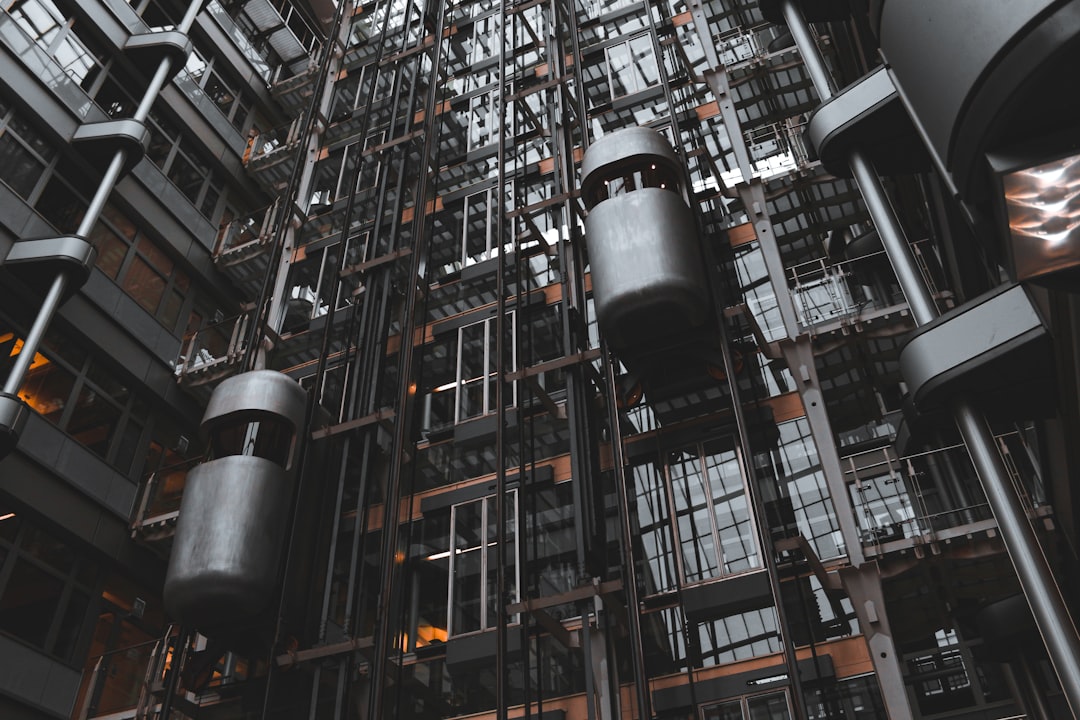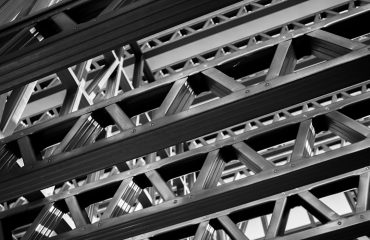Power plants, the behemoths of energy generation, rely on robust and reliable infrastructure. At the heart of this infrastructure lies a critical component: steel profiles. These precisely engineered steel sections are far more than just structural elements; they are the backbone of safety, efficiency, and longevity in power plant construction and operation. This comprehensive guide delves into the multifaceted role of steel profiles in this demanding industry.
1. The Diverse Applications of Steel Profiles in Power Plants
Steel profiles find applications across a vast spectrum within power plants. Their versatility allows them to serve diverse functions, from supporting massive turbines and generators to forming the framework for intricate piping systems and control rooms. Some key applications include:
- Structural Frameworks: Steel profiles, including I-beams, H-beams, channels, and angles, form the skeletal structure of power plant buildings, supporting heavy machinery and withstanding seismic activity and extreme weather conditions.
- Turbine and Generator Support: The immense weight and vibrations of turbines and generators necessitate exceptionally strong and stable support structures, often constructed from heavy-duty steel profiles designed to withstand high dynamic loads.
- Piping and Ductwork: Steel profiles are crucial in supporting and securing the extensive networks of piping for steam, water, and other fluids, as well as ductwork for ventilation and air conditioning.
- Platforms and Walkways: Elevated platforms and walkways, essential for maintenance and access to equipment, are often fabricated using steel profiles, ensuring worker safety and ease of movement.
- Crane Rails and Support Structures: Heavy-duty cranes, vital for transporting large components within the plant, rely on robust steel profile systems for their tracks and support structures.
2. Material Selection: Choosing the Right Steel for Power Plant Applications
The choice of steel profile material is critical, depending on the specific application and environmental conditions. Factors considered include:
- Strength and Yield Strength: High strength steel is essential for bearing heavy loads and resisting stress. Yield strength determines the point at which the steel starts to deform permanently.
- Corrosion Resistance: Power plants often operate in harsh environments, exposing steel to moisture, chemicals, and high temperatures. Corrosion-resistant steels, such as stainless steel or weathering steel, may be necessary.
- Temperature Resistance: Components operating at high temperatures, such as those near boilers or turbines, require steel with excellent high-temperature strength and creep resistance.
- Weldability: Many steel profiles are joined using welding, so weldability is a crucial factor. The chosen steel must be easily weldable without compromising its structural integrity.
- Fatigue Resistance: Components subjected to repetitive loading and unloading, such as those in vibrating machinery, need high fatigue resistance to prevent failure.
3. Manufacturing and Fabrication Processes: Precision Engineering for Power Plants
The manufacturing and fabrication of steel profiles for power plants require high precision and adherence to strict quality control standards. Common processes include:
- Hot Rolling: This process shapes steel into the desired profile at high temperatures, resulting in high strength and dimensional accuracy.
- Cold Forming: This process shapes steel at room temperature, allowing for more intricate profiles and tighter tolerances.
- Welding: Various welding techniques, such as arc welding, MIG welding, and TIG welding, are used to join steel profiles to create complex structures.
- Cutting and Machining: Precise cutting and machining techniques ensure that profiles fit perfectly and meet the required specifications.
- Surface Treatment: Surface treatments like painting, galvanizing, or coating protect steel profiles from corrosion and enhance their lifespan.
4. Ensuring Safety and Efficiency through Optimized Steel Profile Design
The design and selection of steel profiles directly impact the safety and efficiency of a power plant. Optimized designs minimize material usage without compromising strength, reducing costs and construction time. Furthermore, careful consideration of:
- Seismic Design: Steel profiles must be designed to withstand seismic forces in earthquake-prone regions.
- Fire Resistance: Fire-resistant coatings and designs are crucial for ensuring structural integrity in case of fire.
- Accessibility and Maintainability: Designs should facilitate easy access to equipment for maintenance and repairs.
- Modular Construction: Using prefabricated steel profile components can significantly reduce construction time and costs.
- Lifecycle Assessment: Considering the entire lifecycle of the steel profiles, from manufacturing to disposal, is crucial for sustainability.
5. The Future of Steel Profiles in Power Plant Construction: Innovation and Sustainability
The power generation industry is undergoing a significant transformation, driven by the need for cleaner and more sustainable energy sources. This shift influences the future of steel profiles in power plants. We can expect to see:
- Increased use of high-strength low-alloy steels (HSLA): These steels offer improved strength-to-weight ratios, reducing material usage and construction costs.
- Greater adoption of advanced manufacturing techniques: 3D printing and other advanced manufacturing techniques could revolutionize the production of steel profiles, enabling complex designs and customized solutions.
- Focus on sustainable steel production: The industry is moving towards more sustainable steel production methods, reducing carbon emissions and environmental impact.
- Integration of smart sensors and monitoring systems: Monitoring the structural health of steel profiles using sensors can improve safety and prevent unexpected failures.
- Development of new steel alloys with enhanced properties: Research and development efforts are focused on creating new steel alloys with improved corrosion resistance, high-temperature strength, and other desired properties.
In conclusion, steel profiles are indispensable components in the construction and operation of power plants. Their versatility, strength, and durability contribute significantly to the safety, efficiency, and longevity of these vital energy infrastructure assets. As the power generation industry continues to evolve, the role of steel profiles will remain central, adapting to new challenges and technological advancements.




